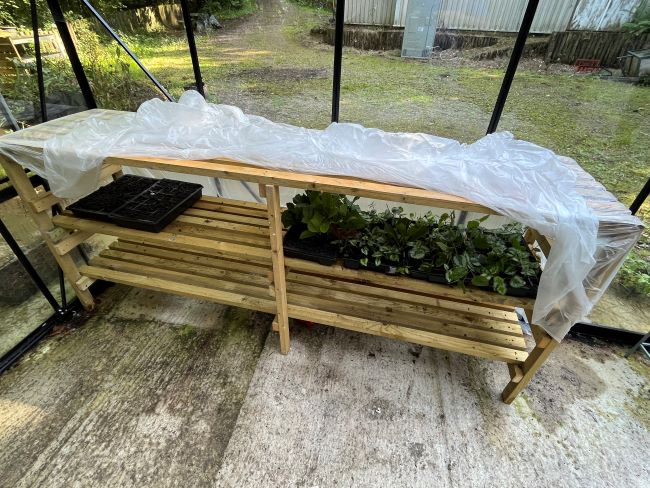Mastering the Art of Cutting: Nurturing New Growth in Your Garden

Welcome to a world of gardening secrets and green-thumb wisdom! In this article, we’re delving into the fascinating realm of cutting, a practice that holds the key to propagating and nurturing new plant growth. Whether you’re a seasoned gardener or a curious newcomer, join us on a journey through the ins and outs of successful cutting techniques.
Unlocking the Power of Cutting: The Softwood Secret
Have you ever wondered how a mere snippet of a plant can transform into a thriving new entity? It all begins with a soft touch and the right knowledge. Let’s unravel the mysteries:
1. The Measure of Success: 100 Millimeters of Soft Wood
Picture this: a soft wood that measures around 100 millimeters. This is the secret to initiating the journey of cutting. A cutting is a snippet of a plant that, when treated with care, has the potential to grow into something magnificent. This endeavor is particularly successful when taken from new growth that has emerged within the current year.
2. The Delicate Art of Taking Cuttings
Imagine a playful prank from nature itself—new growth known as “Prank growth.” This vibrant growth becomes the source of our cuttings. But here’s where the magic lies: the idea is to take the cutting just below a bird perch. Why, you ask? This is because the wood in that area is slightly harder and heals more gently, creating the perfect foundation for new life.
3. Creating the Ideal Environment for Growth
As you embark on your cutting journey, remember that nurturing is key. Just as a resting bird requires a comfortable perch, your cutting needs a nurturing environment. This nurturing involves maintaining high humidity around the cutting. Wrap it gently in plastic and provide a delicate mist with a fine spray or a gentle hand sprayer once or twice daily.
4. Embracing the Earth: The Role of Compost
A kiss of life awaits your cuttings in an open compost environment. This involves using a standard compost, complemented with a touch of additional sand or grit, roughly around 25%. This mixture becomes the cradle for your cuttings’ growth, ensuring they have the nutrients and stability they need to flourish.
5. The Leafy Wisdom of Water
Just as a kiss can convey love, your approach to large leaf plants like hydrangeas can convey wisdom. By gently cutting their leaves in half, you reduce water loss and ensure optimal hydration. This principle reflects a core tenet of gardening: understanding the interconnectedness of nature and applying this understanding to our techniques.
6. The Root of All Growth: Roots and Cuttings
“Why do plants root or produce roots from cuttings?” This question draws us closer to the essence of cutting. The cutting process often leads to the development of roots, much like a seed transforms into a plant. The cutting’s journey mimics nature’s growth, fostering the creation of roots that anchor the new life in the soil.
7. A Race Against Time: Bottom Heat and Windowsill Propagation
Patience is key, but sometimes a little boost can expedite the process. Some plants require additional warmth for their cuttings to root. This is where the windowsill propagator shines—a device that introduces gentle bottom heat, stimulating the rooting process. Plants like Camellias and Japanese maples particularly benefit from this nurturing environment.